The Air Force has a robust fleet of 737s. Today, nearly all of them are C-40s, which act as executive and priority passenger transports, but they are not totally alone. For instance, one older NT-43 example that is heavily modified and extremely shy, goes about its shadowy business as an airborne aircraft signature measurement test laboratory. But by and large, the 737’s role within the Air Force’s stable is well known. Now a strangely modified 737-700 with a civilian registration, but an Air Force owner, has just emerged and its past is just as murky as its current mission.
The aircraft in question carries a civilian registration number N712JM, which is a bit odd for an aircraft owned by the United States Air Force. The Boeing jet came to our attention when it showed up at the Santa Maria Public Airport in Southern California. The images sent to us by an aerospace enthusiast showed the aircraft in detail with its unique, if not crude modifications. It must be stated that this is a busy public airport and no moves were made to hide the aircraft in question.
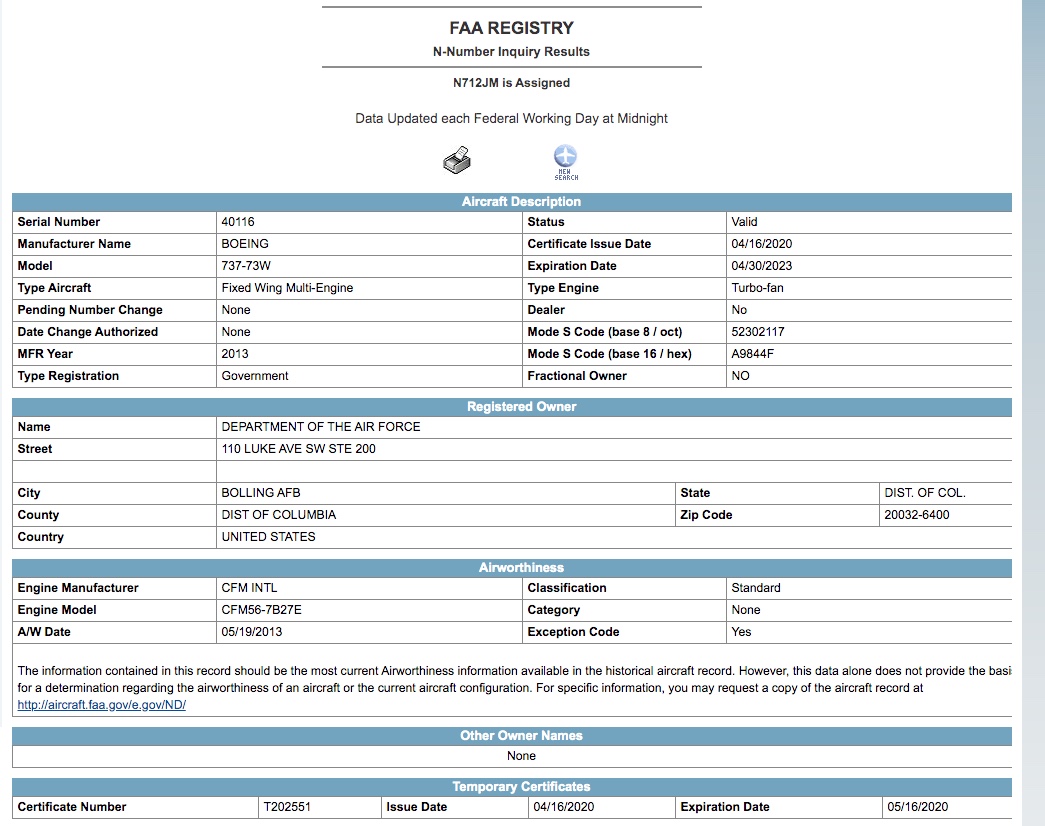
It is also a bit interesting that the area has many military base options, but it landed in Santa Maria. This is not unheard of by any means, military aircraft often use private fixed base operators (FBOs) for refueling and to work out of for basic cross country training and other proficiency flights, but this decision will become a bit more puzzling as the story unfolds below. Also, the witness said the crew was wearing t-shirts and very casual attire—not your normal buttoned-down Air Force aircrew, by any means.
The 737-73W first flew in 2013, but seven years later, it still wears its green zinc chromate coating that it was delivered with. Usually, this is immediately stripped and the aircraft is painted before entering service. I have talked to a number of experts in Boeing airliner products, none of them have ever heard of a Boeing jet wearing its factory coating for so long and it was noted that it appears to be corroding in some areas.
Jon Ostrower, editor-in-chief of the theaircurrent.com, told The War Zone:
“This is definitely an airplane that never made it to a formal finish you’d expect from a commercial airplane. The green finish is a protective coating applied to fuselages during manufacturing to protect from scratches and other damage. It is dissolved during painting. You can also still see the manufacturing (line) number as well that’s from its original trip down the assembly line.
There’s also quite a bit of instrumentation visible with sensor wiring leading into the cabin through the passenger windows. this type of arrangement points to a flight test setup of some kind.”
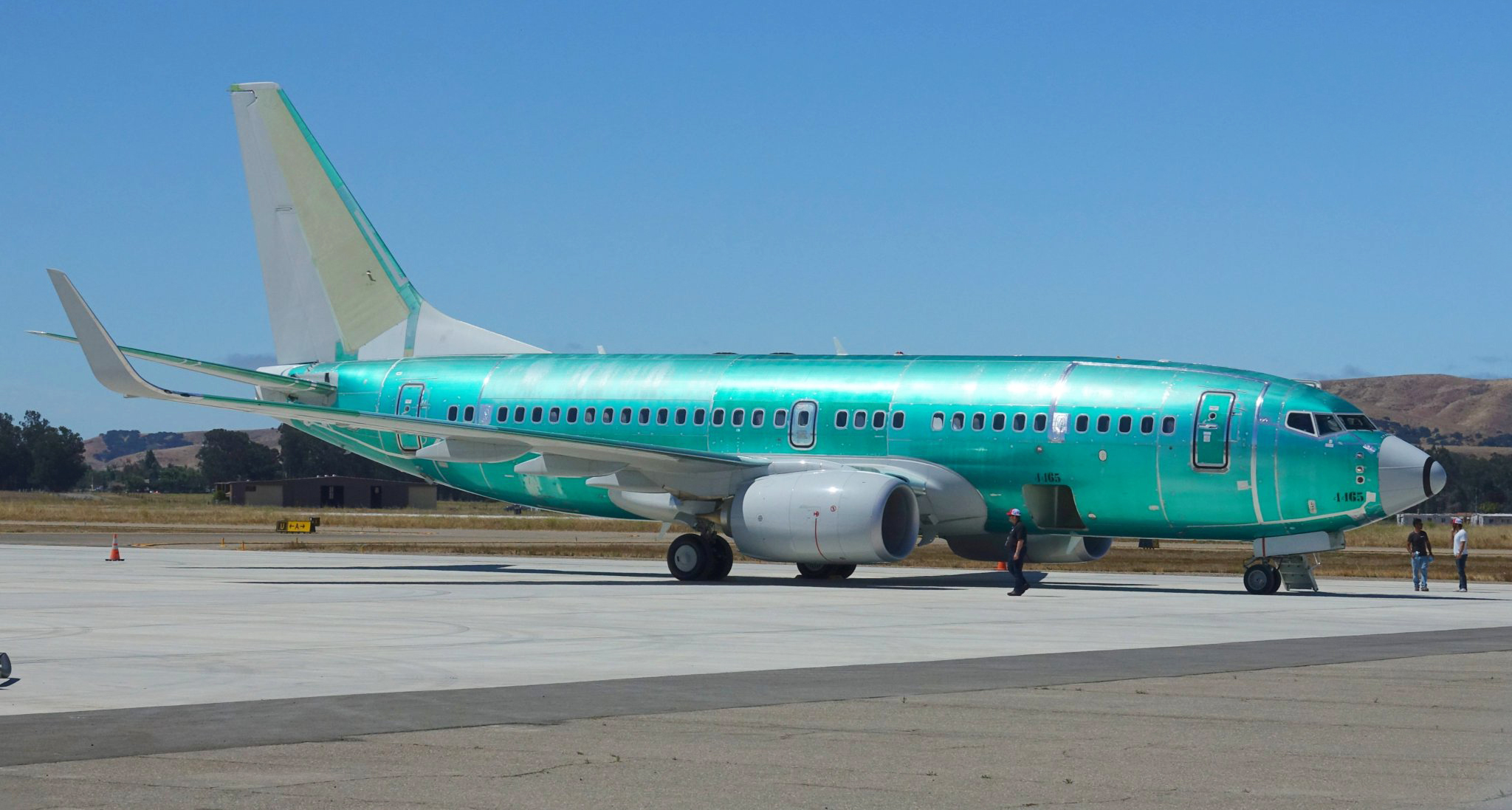
The plane’s history is also highly puzzling. It was originally delivered to a Wells Fargo Bank trustee, a common way to hide the true ownership of an aircraft and a financial tool often used by aircraft owners, in 2013. It stayed this way until April of 2019, when a relatively obscure company named Denmar Technical Services took ownership of it. The company simply describes itself as “providing our customer with superior radar measurement systems and services” and nothing more on its website. Note, it says customer, not customers. They are based in Reno, Nevada, and have relatively minor activity in terms of disclosed government contracts.
The company owned the aircraft for a short period of time, just one year almost to the day, before it was transferred to the USAF. During this time, and a year before it, there was no flight data we could find under its registration until it showed up in Colorado Springs in March of 2020.
The aircraft appears to have been a resident of Sierra Nevada Corporation at Colorado Springs Airport, which is adjacent to a significant Air Force Base that shares its runways, but the mystery 737 wasn’t being housed there. SNC is maybe the world’s most known aircraft modification company, especially for unique military applications. So, a specially modified 737 is literally right up their alley.
The aircraft had taken a handful of local flights in May, likely check flights to test its airworthiness and its modifications, before making the trip from Colorado Springs to Santa Maria on the 12th of June.
With the aircraft on the ground there, it brings us up to the time when the photos were taken. They show the aircraft with what appears to be wiring and sensors speed-taped all along the fuselage. The modifications cover nearly the entire length of the airframe and punch through the cabin windows in some areas. The War Zone ran these modifications by a number of airliner experts who, at first glance, didn’t notice this particular configuration and found it to be quite unusual.

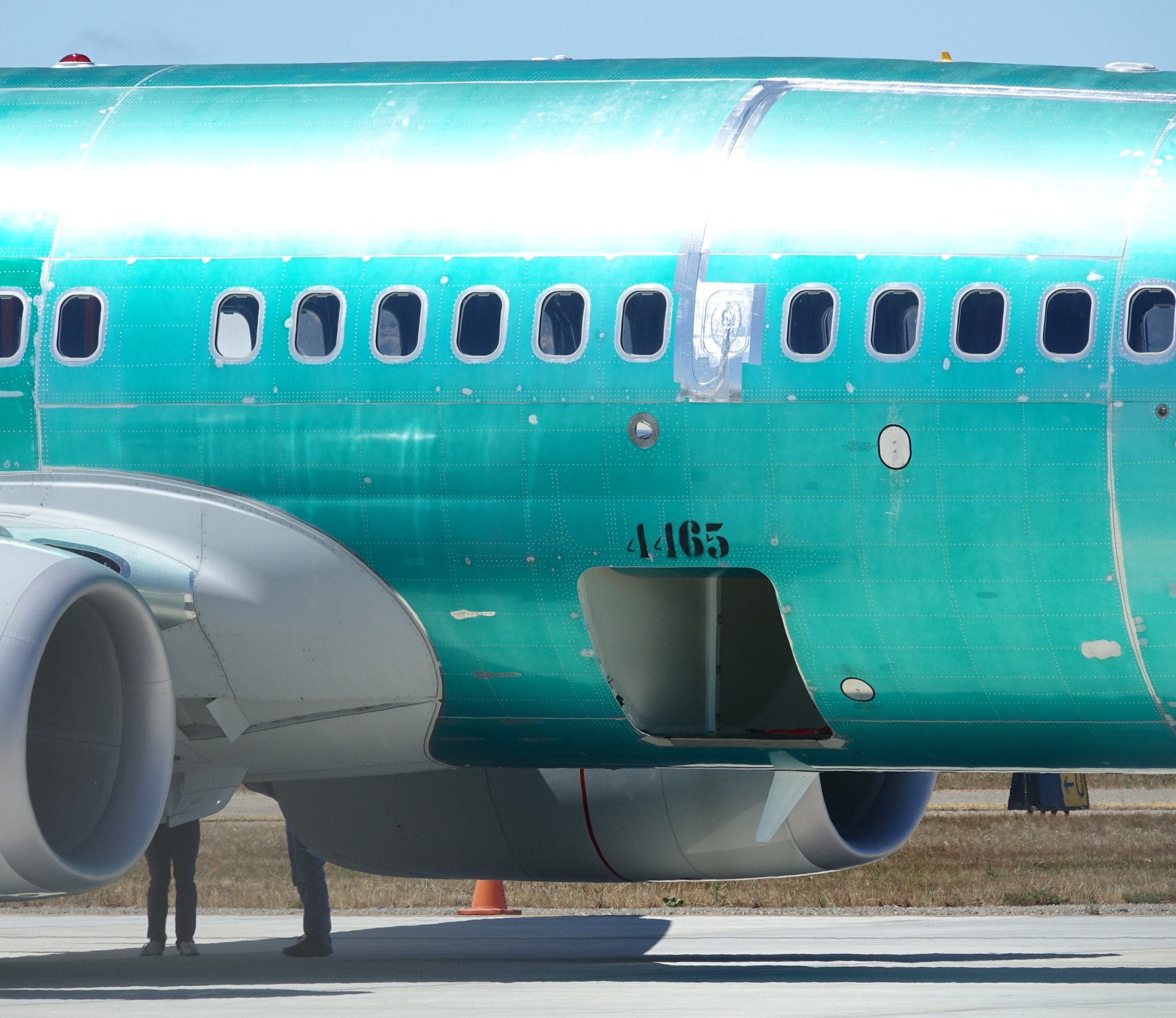
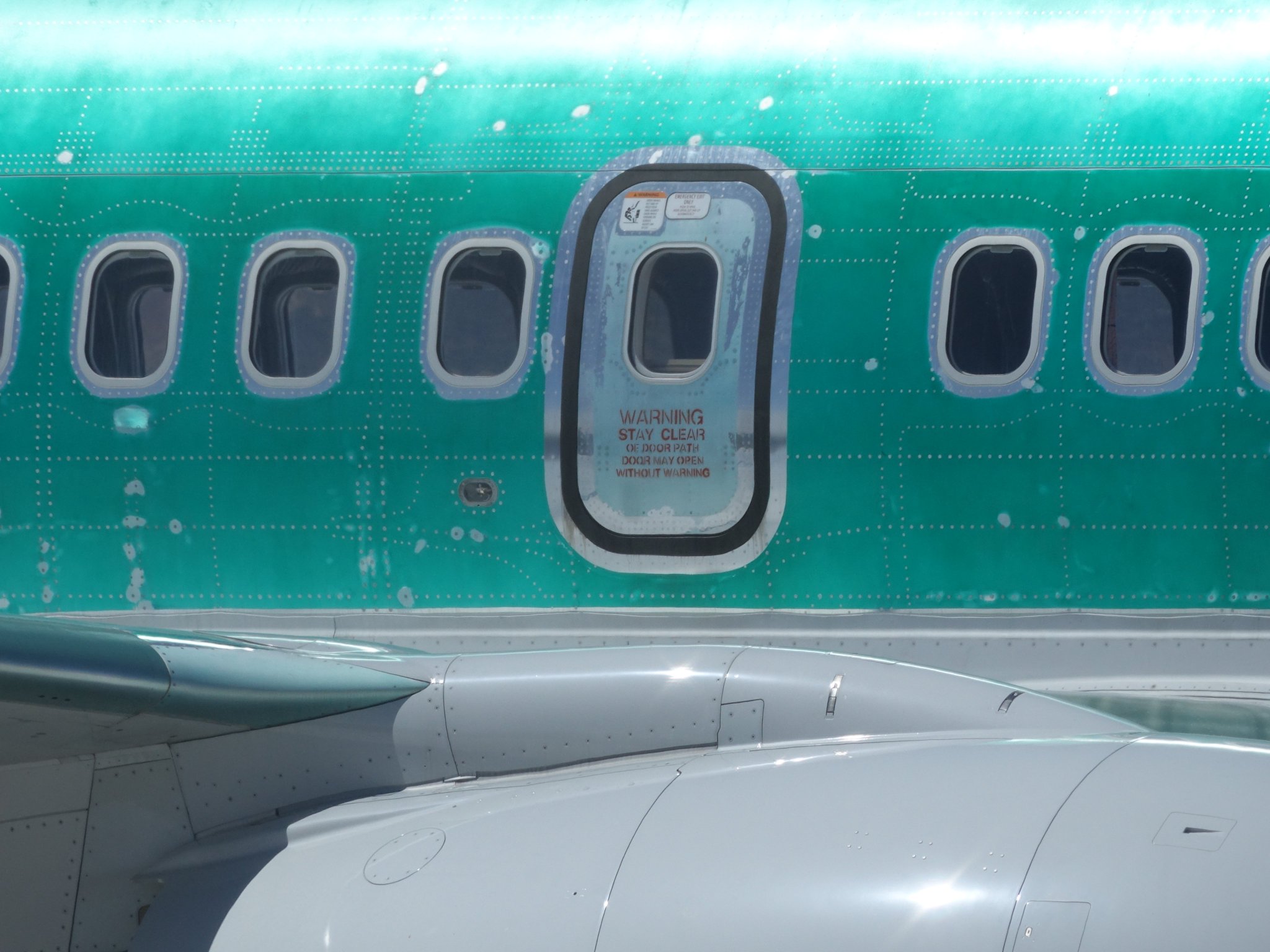
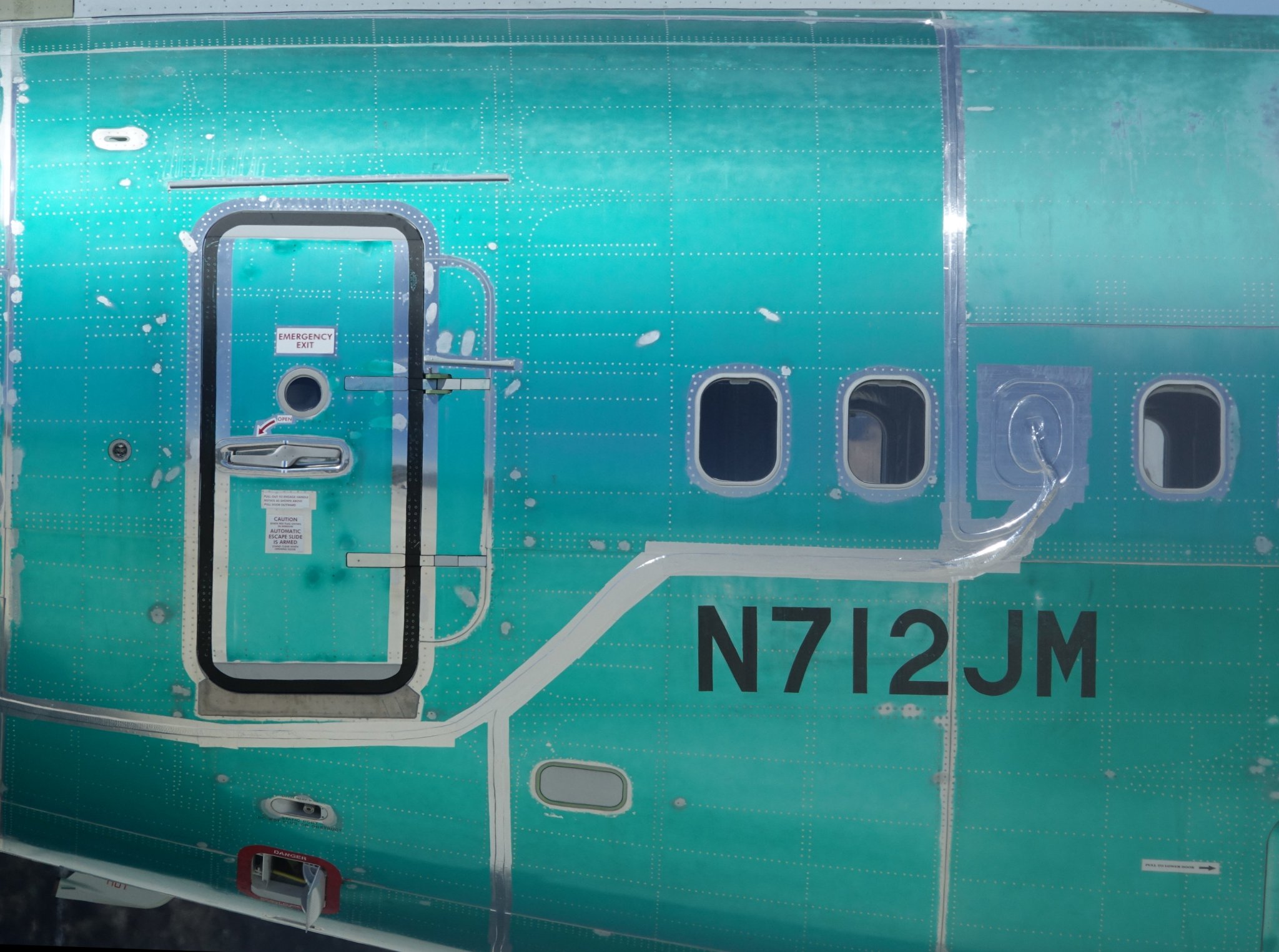
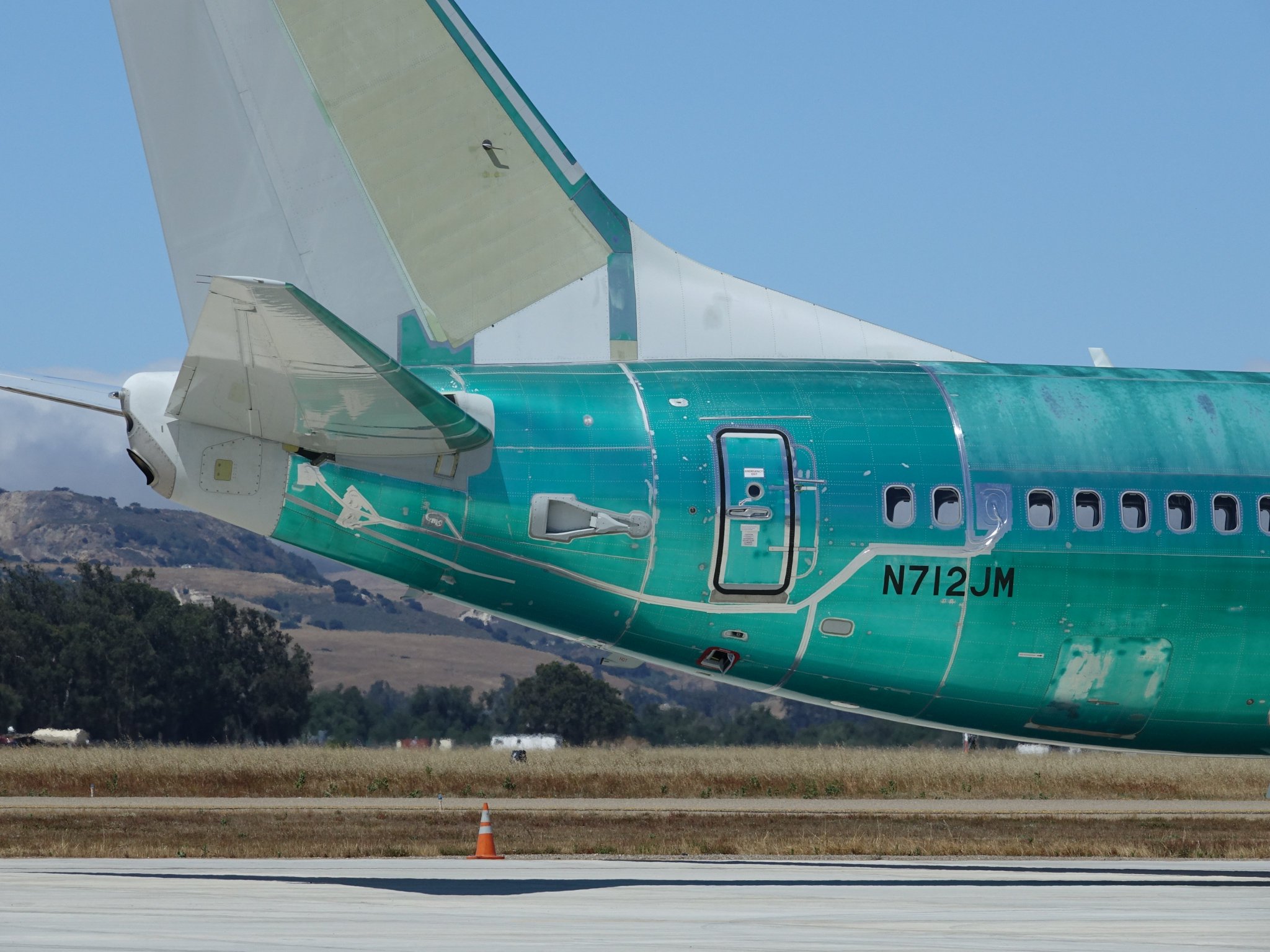
Things get even more interesting the next day, when the aircraft in question, under the callsign “STING38,’ flew a mission from Santa Maria far out into the SOCAL Range Complex.
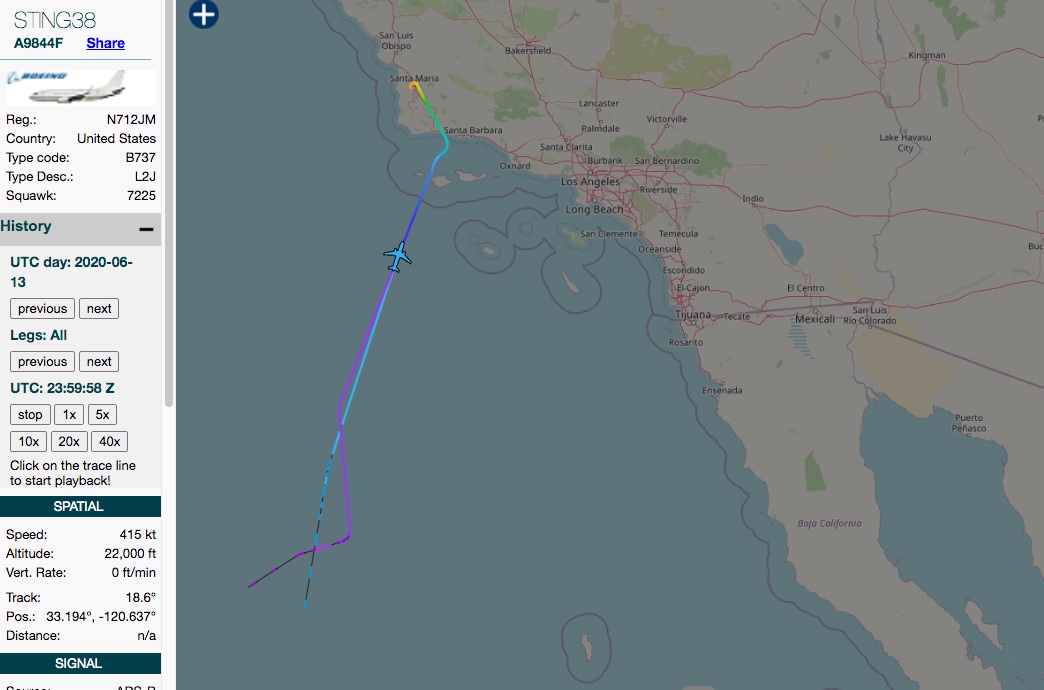
This area, which sits off the Baja Peninsula and San Guadalupe Island, is associated with long-range missile tests and carrier strike group workups, not common test flights of 737s. It was just highly active for the Nimitz Carrier Strike Group’s COMPUTEX training, which occurs just prior to deployment. It is a remote and quiet place to also test new capabilities far from areas where they could interfere with populated areas, especially in terms of radio frequency-related trials.
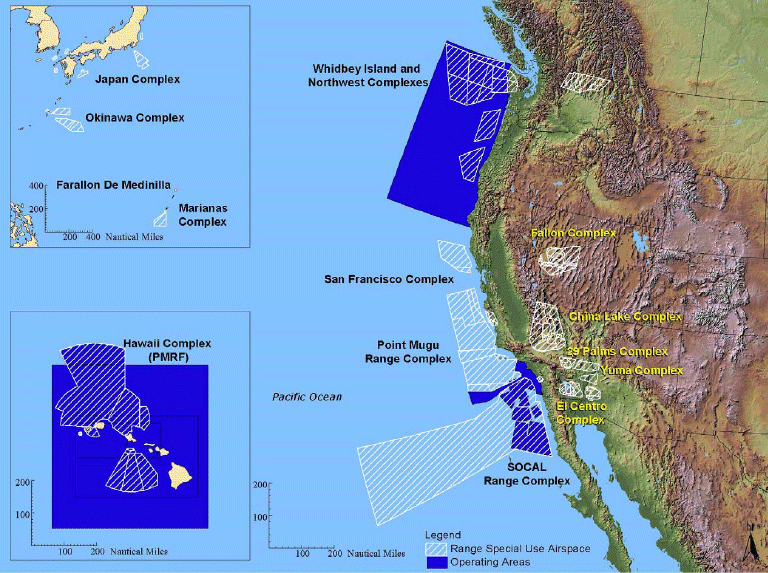
The 737s flight lasted roughly five hours. Whatever it did out there required substantial presence over the area.
So, what the heck is this thing up to? We really have no idea. Is it testing a new electronic surveillance measures suite for large aircraft? The sensors placed around the aircraft would make sense as these systems use interferometry to geolocate emitters, such as active radars and other air defense nodes, as well as communications systems. What about some sort of conformal communications system? Or was this something totally different, like to evaluate 737 airframe durability or some other sort of aerodynamic testing? That would seem odd considering the details we know about this aircraft shadowy ownership, but it is entirely possible.
Some notes on the aircraft’s ownership. The Air Force technically owns the fleet of ‘Janet Airlines’ 737-600s that move folks around to Area 51, Tonopah Test Range Airport, and other sensitive sites. Apparently, Denmar has done some modifications to ‘Janet’ aircraft in the past, although that was one of the King Airs that are known to move around smaller numbers of people that work at clandestine sites around the American Southwest. Also, this aircraft is a 737-700, not a 600, and the Janets are registered to Hill AFB, not Bolling AFB like N712JM.
It’s also worth noting that Bolling AFB is home to the Air Force’s Rapid Capabilities Office (RCO), and it appears that the registered address of this aircraft is the exact same address of the RCO. The RCO heads up cutting-edge high-stakes programs such as the X-37B spaceplane and the B-21 Raider stealth bomber. As such, using a 737 to test a new subsystem that is destined for an aircraft like the B-21 would be right within their purview.
Then again, this could be something else entirely, either more mundane or far more exotic, but whatever it is, it is definitely unique, because this aircraft has a life and origin like no other testbed aircraft we know of.
As such, at least for now, N712JM remains very much an enigma.
What do you think? Have you seen modifications like this before? Let us know in the comments below.
UPDATE: 1:00 PM PDT—
She was up in the air again, down in the SOCAL range just like yesterday. This was a six-hour flight:
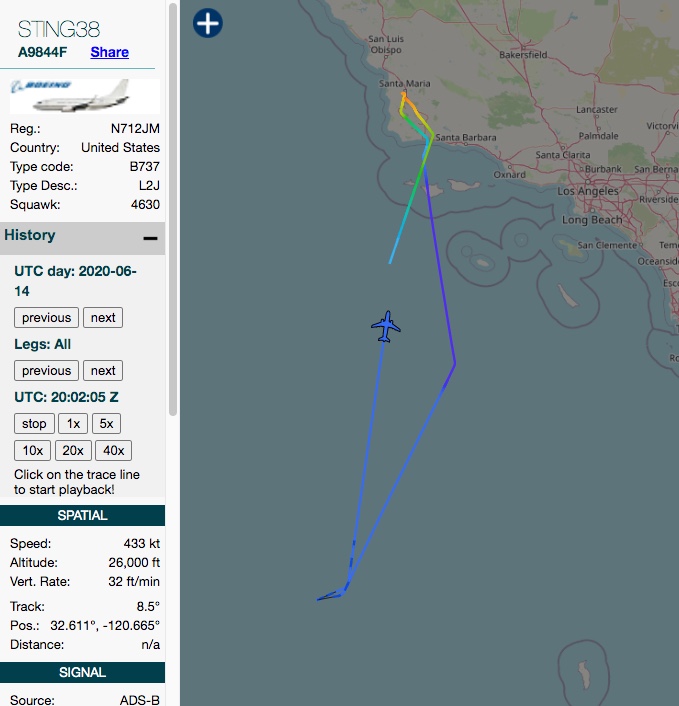
Another possibility is flight-testing a system for PNT (positioning, navigation, and timing)—navigation in a GPS denied environment. There are many exotic technologies being examined for this application under an urgent set of initiatives, including using the earth’s magnetic field to provide a precise location of an object moving through space and time.
UPDATE: 5:55 PM PDT—
Here are new photos of the aircraft arriving back at Santa Maria Airport after its mission over the Pacific. It is has a trailing instrumented cone which is used a ‘clean’ source of additional air data during testing.
There is a lot of tape on this jet!
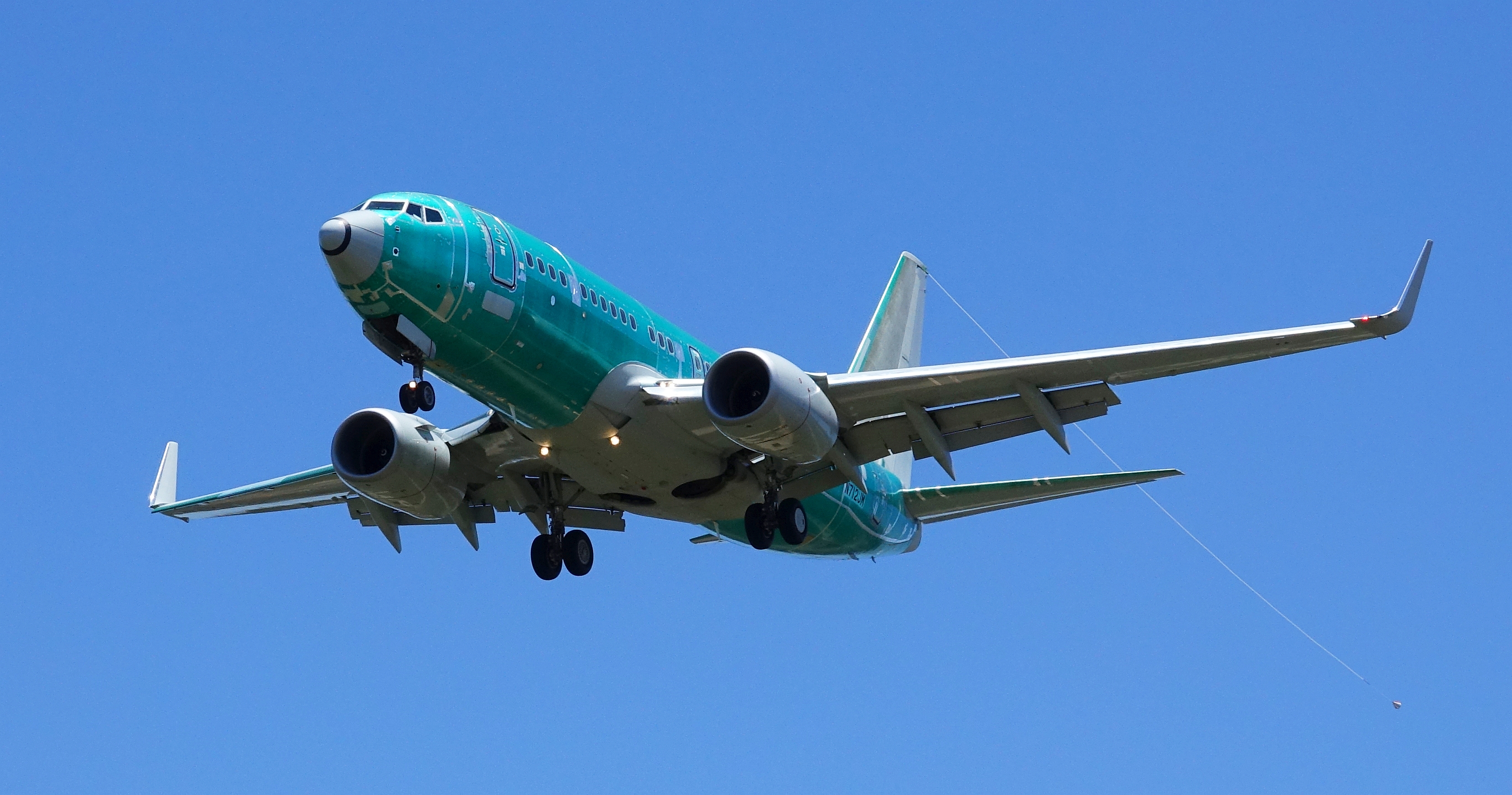
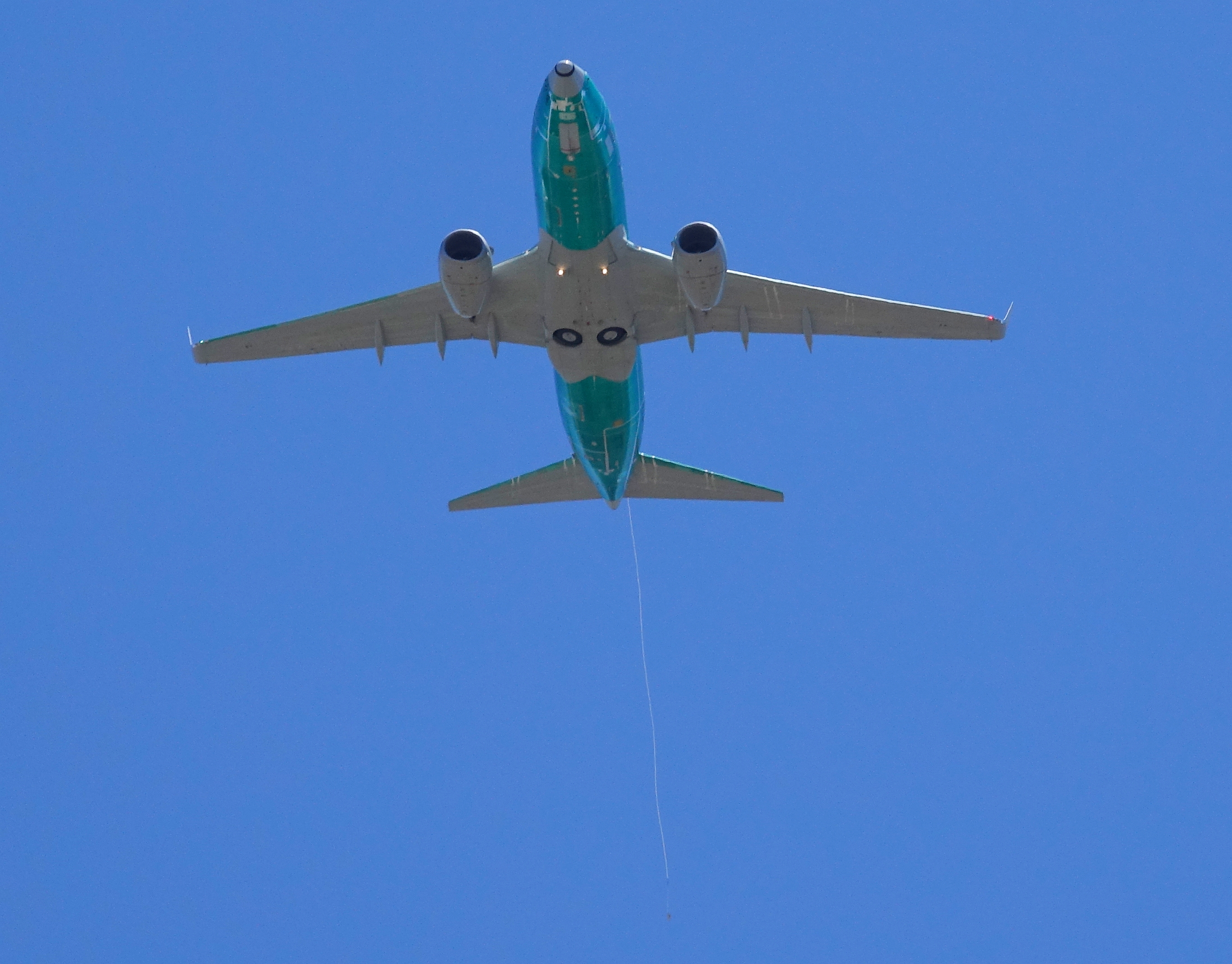
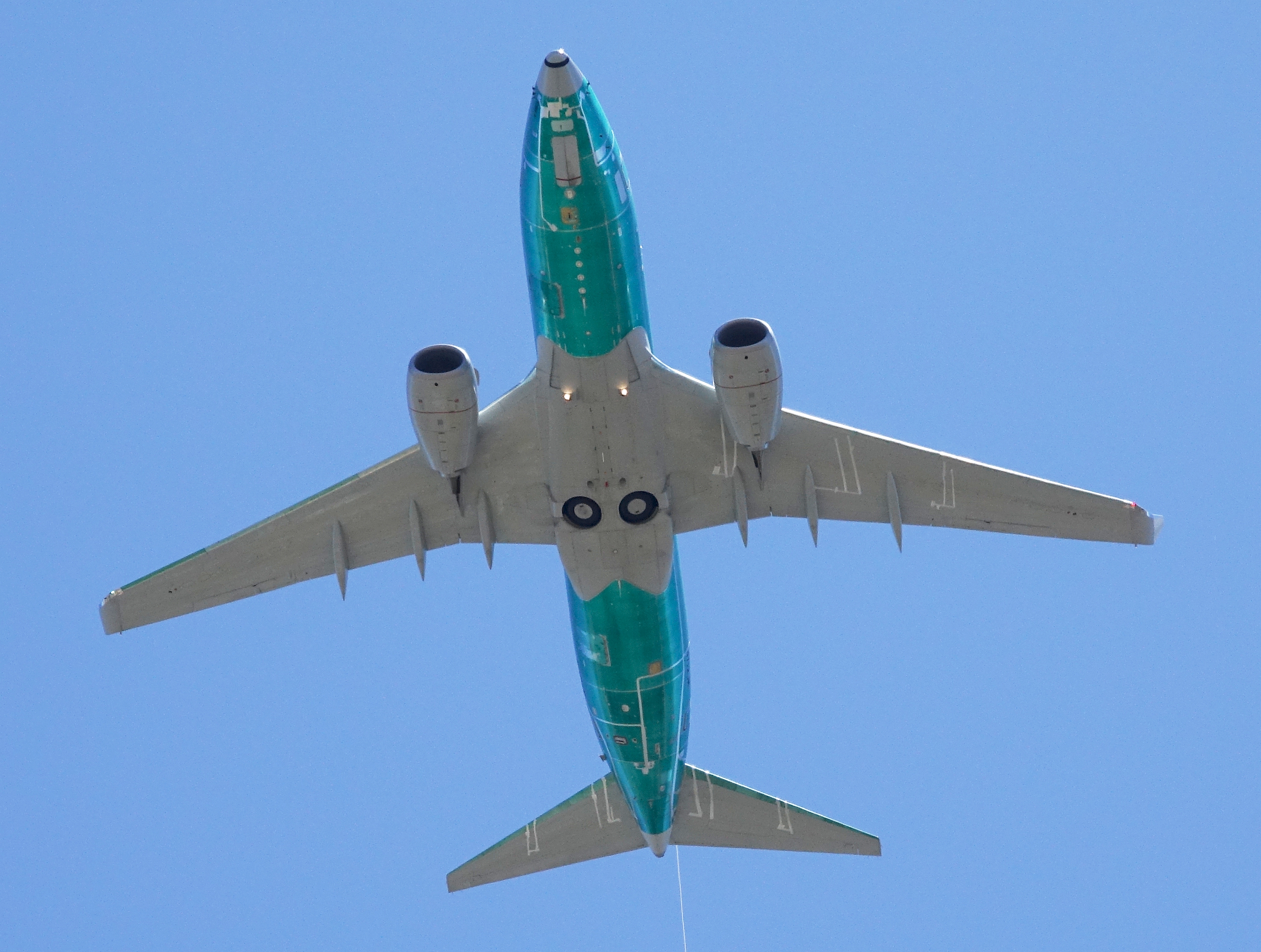
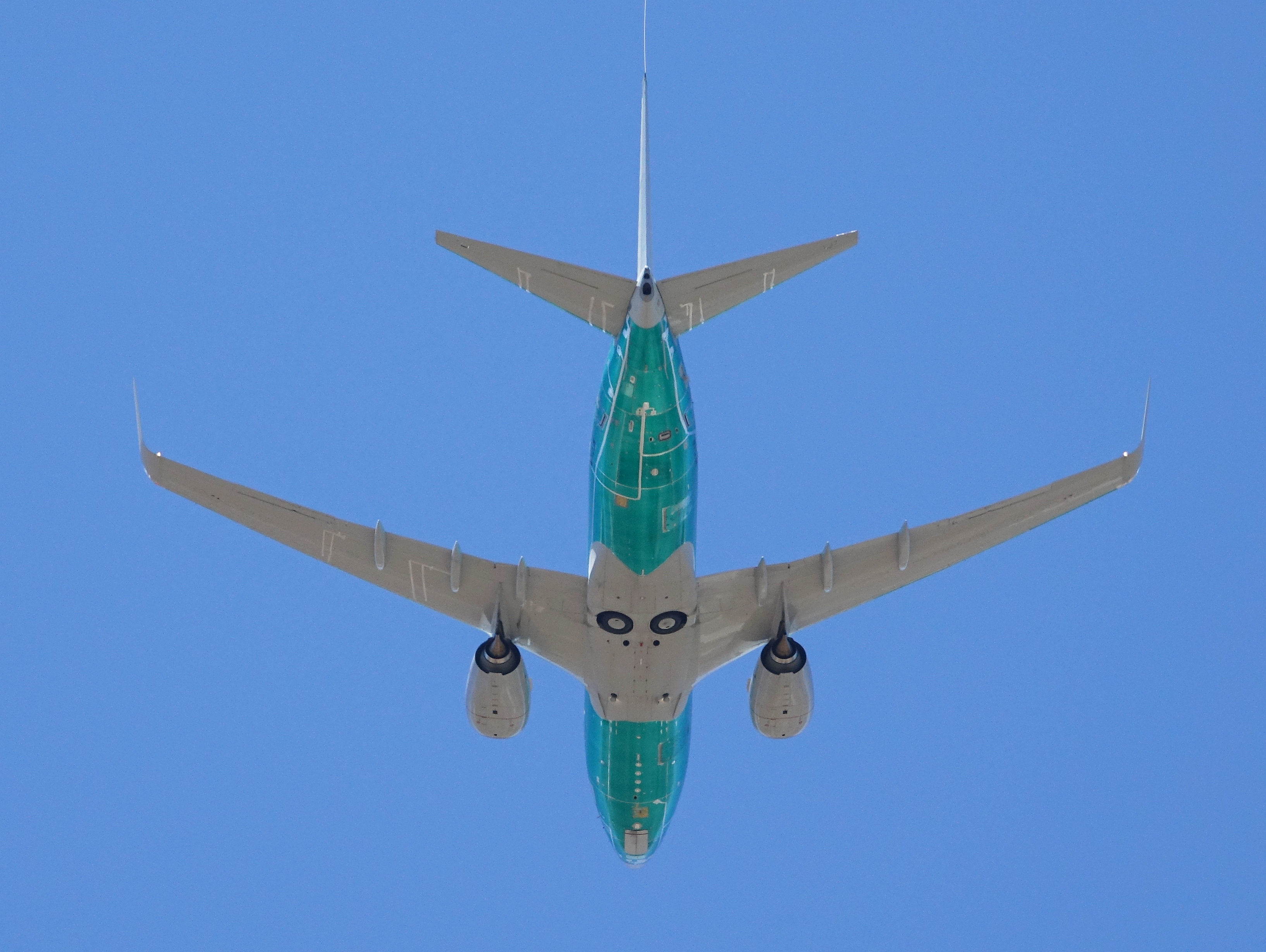
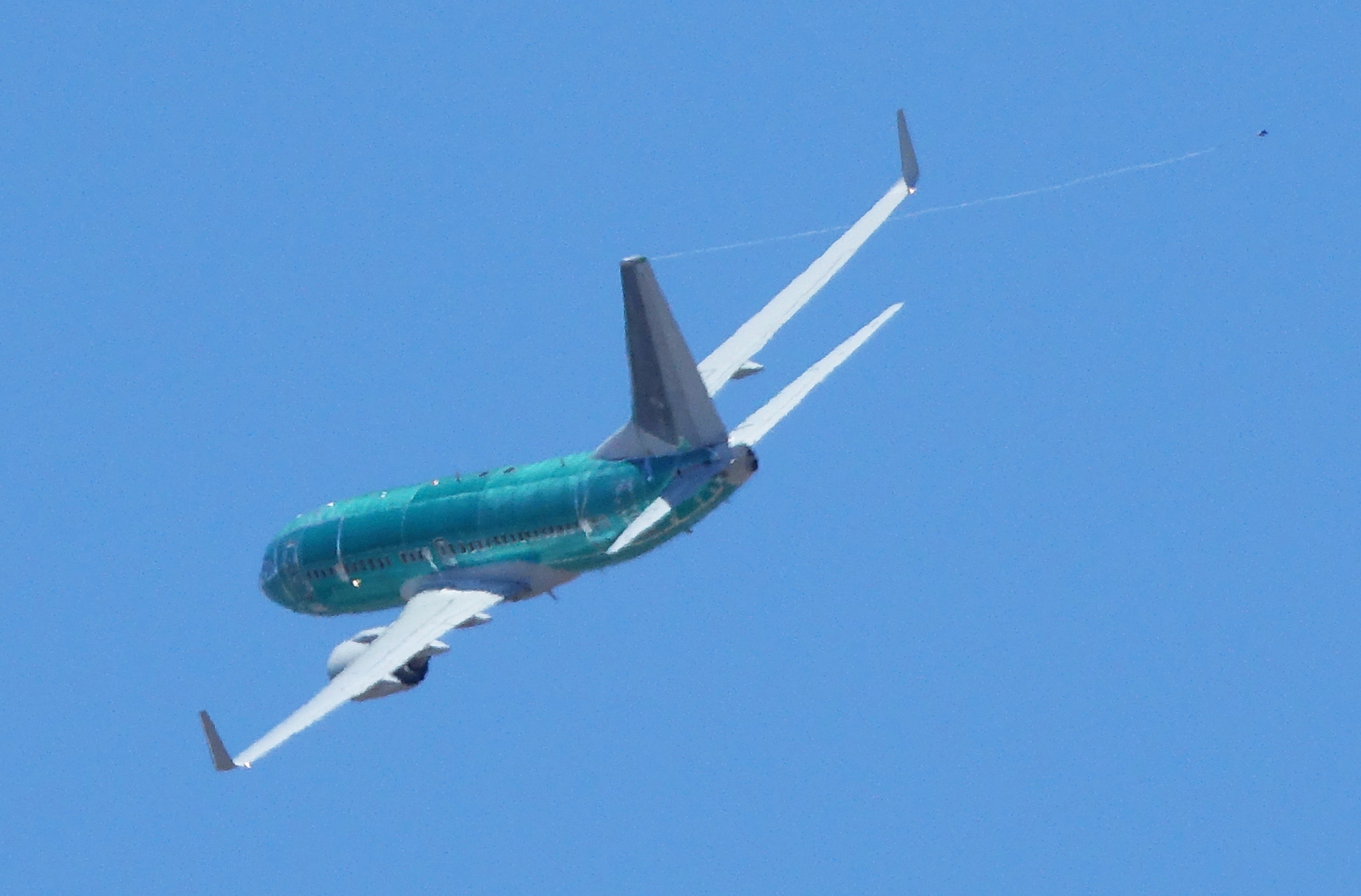
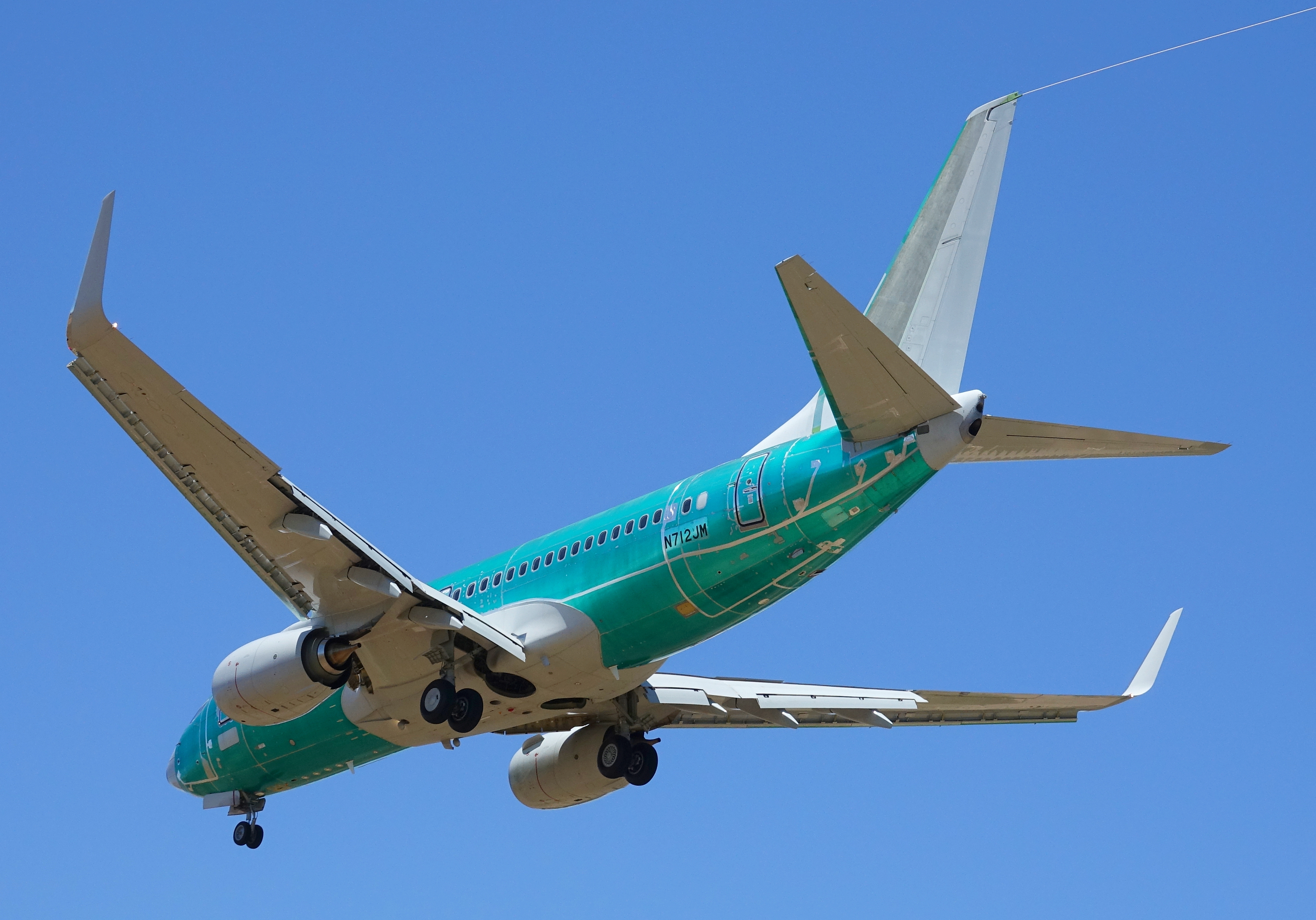
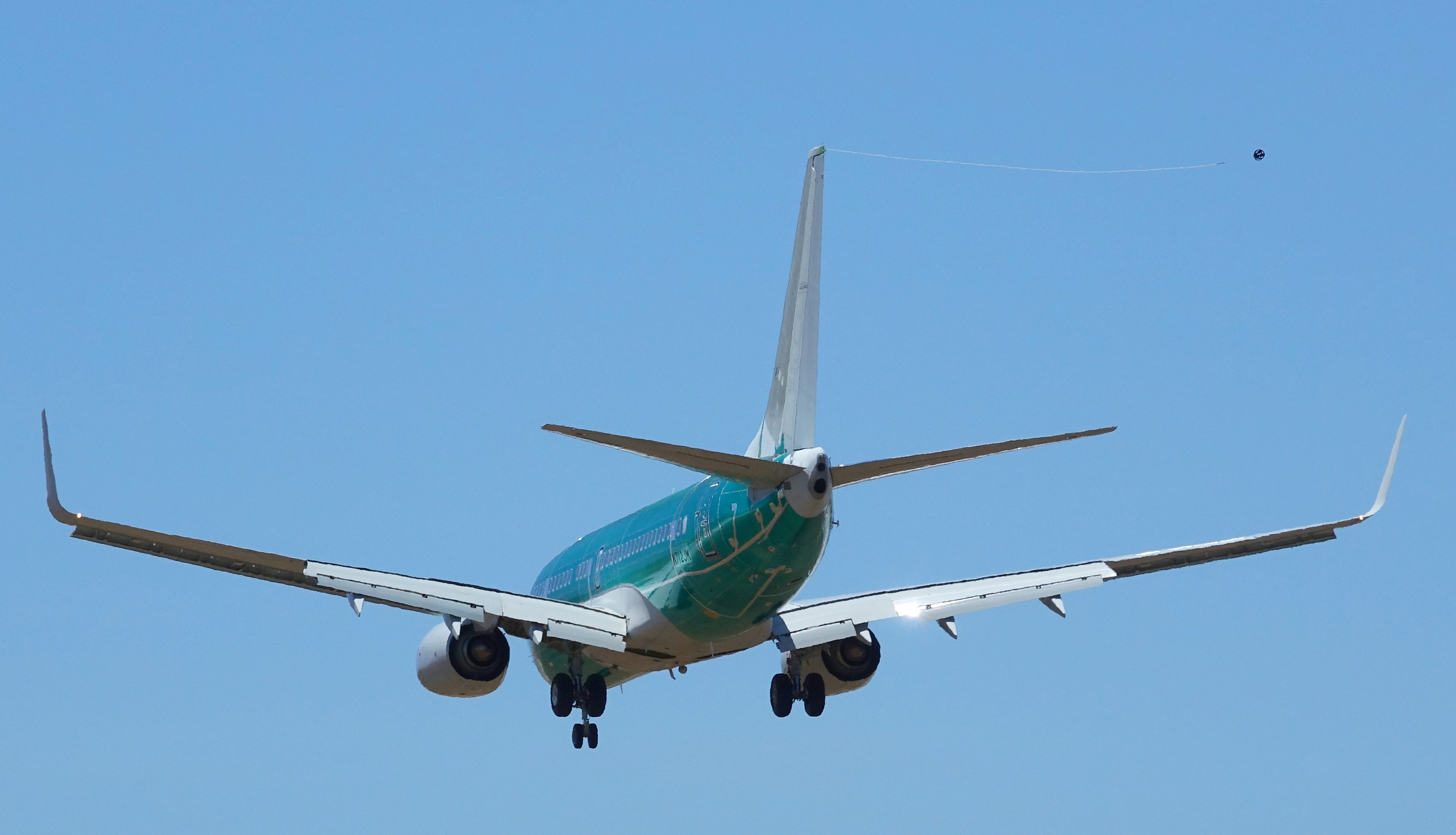
Contact the author: Tyler@thedrive.com
